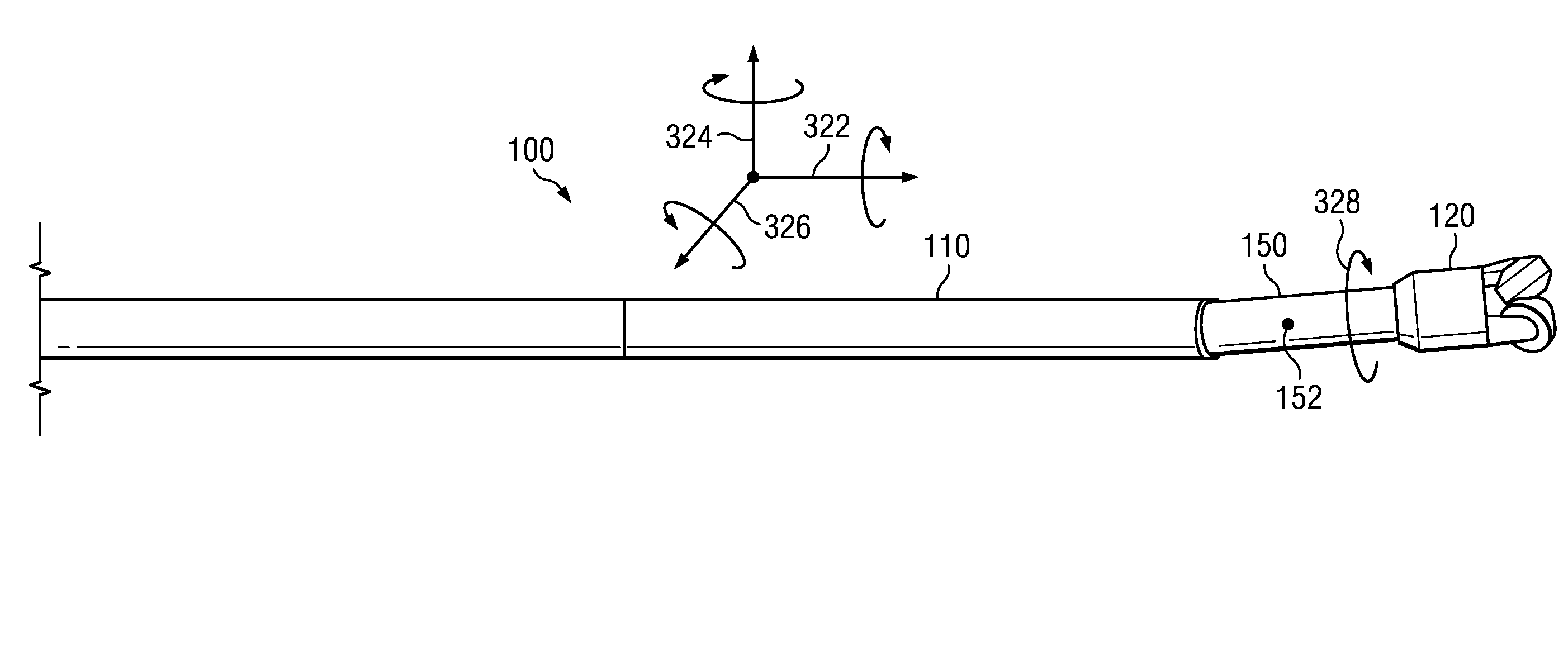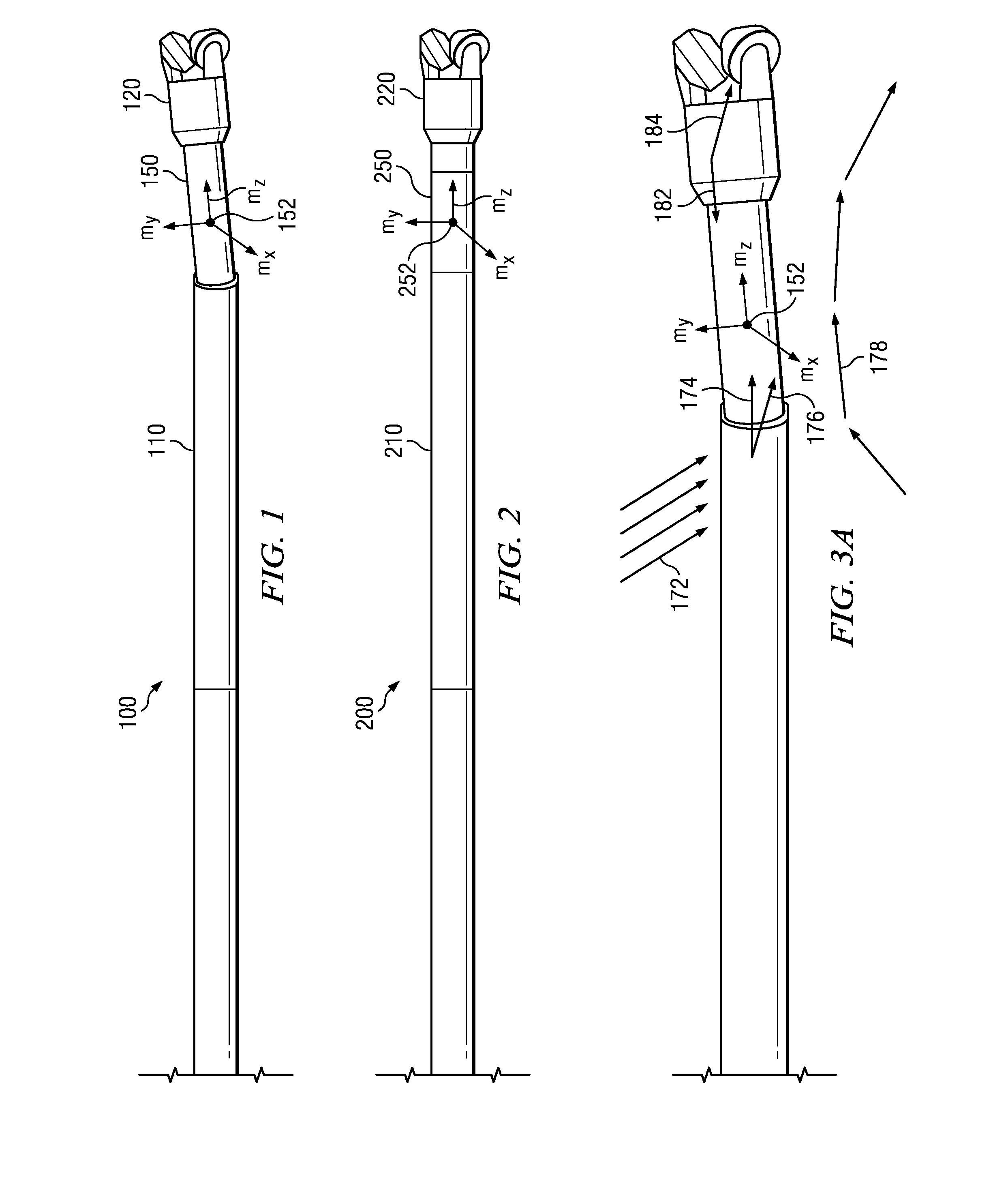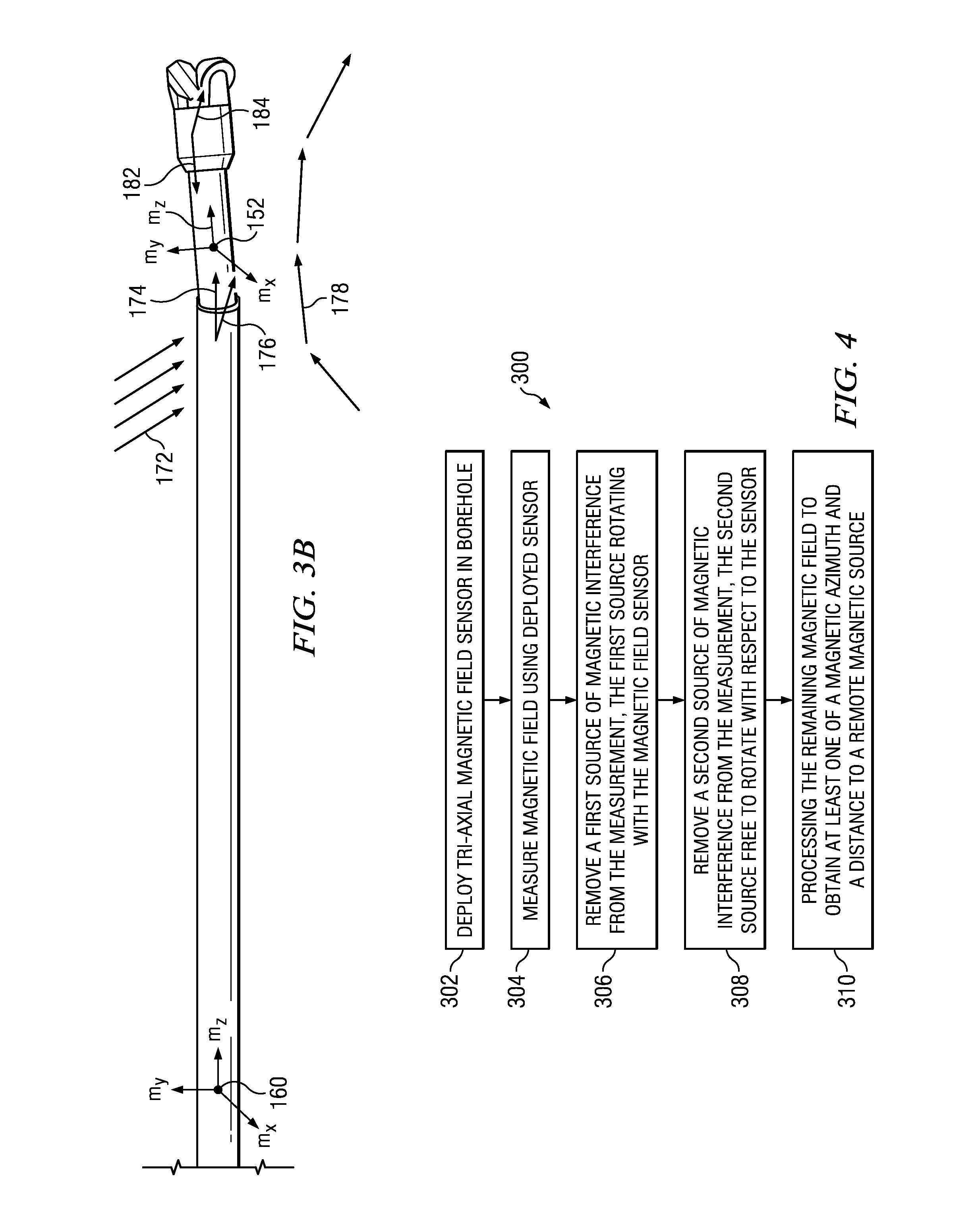At-bit magnetic ranging and surveying
a magnetic ranging and surveying technology, applied in the field of subterranean wellbore surveying, can solve the problems of affecting the operator's ability to make timely steering decisions, and affecting the accuracy of magnetic ranging and surveying measurements, so as to improve the control of the wellbore profile, improve the accuracy of placement, and reduce the latency
- Summary
- Abstract
- Description
- Claims
- Application Information
AI Technical Summary
Benefits of technology
Problems solved by technology
Method used
Image
Examples
Embodiment Construction
[0026]FIG. 1 depicts one example of a BHA embodiment 100 including a drilling motor 110 deployed above a bent sub 115. A sensor sub 150 including a magnetic field sensor 152 is deployed axially between the drilling motor 110 and a drill bit 120. FIG. 2 depicts an alternative BHA embodiment 200 including a sensor sub 250 including a magnetic field sensor 252 deployed axially between a steering tool 210 such as a rotary steerable tool and a drill bit 220. In the embodiments depicted on FIGS. 1 and 2, the sensor subs 150 and 250 are configured to rotate about a longitudinal axis of the BHA 100 and 200 with the drill bit 120 and 220. The magnetic sensors 152 and 252 may include substantially any magnetic sensors suitable for downhole deployment such as conventional tri-axial magnetometer deployments.
[0027]It will be understood that the embodiments depicted on FIGS. 1 and 2 are merely examples in that they depict the deployment of the magnetic field sensors substantially at the drill bit...
PUM
 Login to View More
Login to View More Abstract
Description
Claims
Application Information
 Login to View More
Login to View More - R&D
- Intellectual Property
- Life Sciences
- Materials
- Tech Scout
- Unparalleled Data Quality
- Higher Quality Content
- 60% Fewer Hallucinations
Browse by: Latest US Patents, China's latest patents, Technical Efficacy Thesaurus, Application Domain, Technology Topic, Popular Technical Reports.
© 2025 PatSnap. All rights reserved.Legal|Privacy policy|Modern Slavery Act Transparency Statement|Sitemap|About US| Contact US: help@patsnap.com



